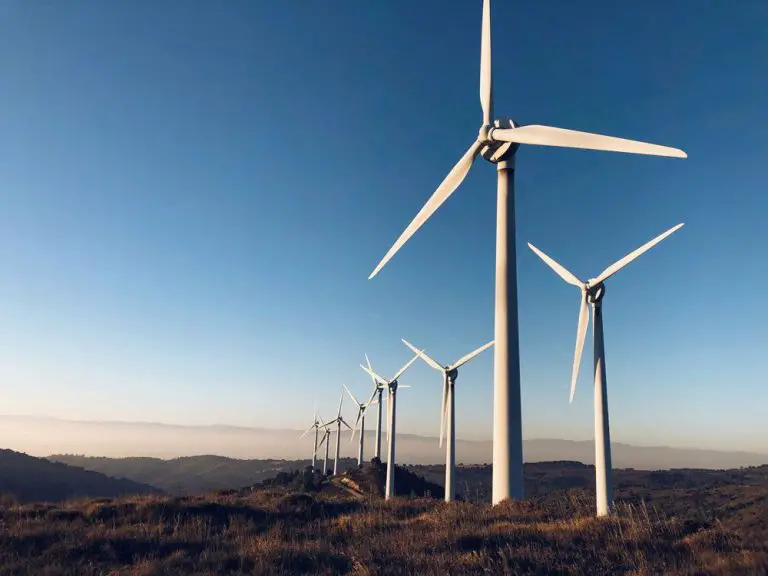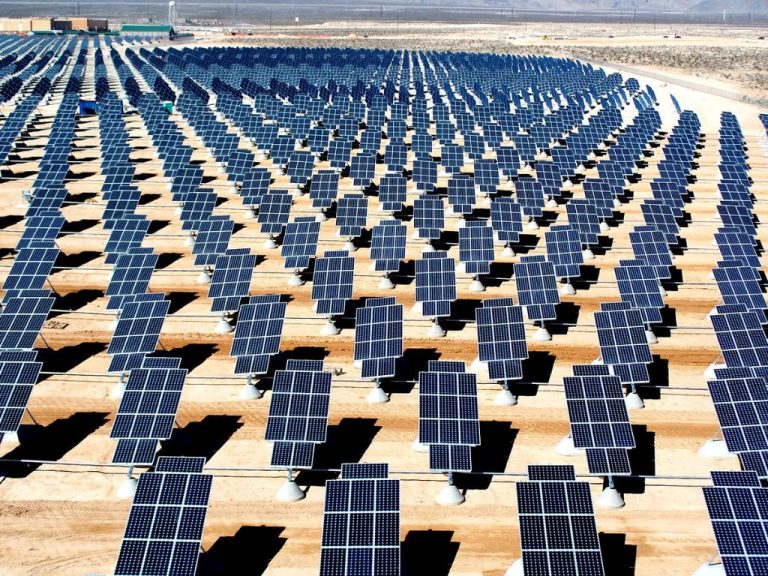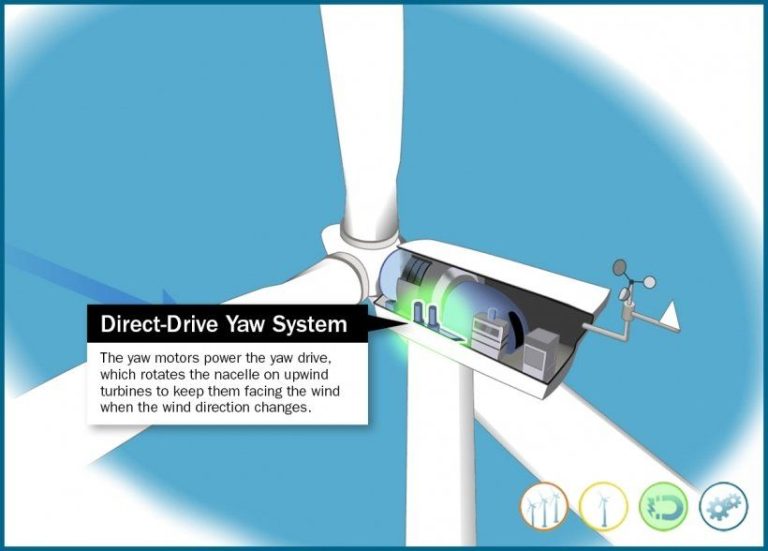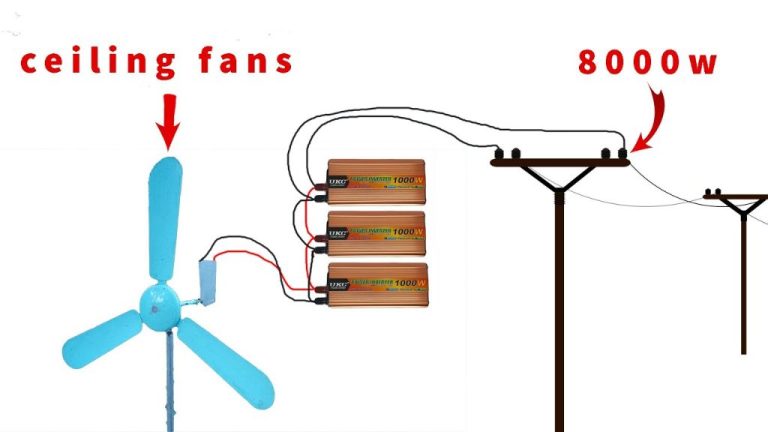Is Wind Energy Available In Massachusetts?
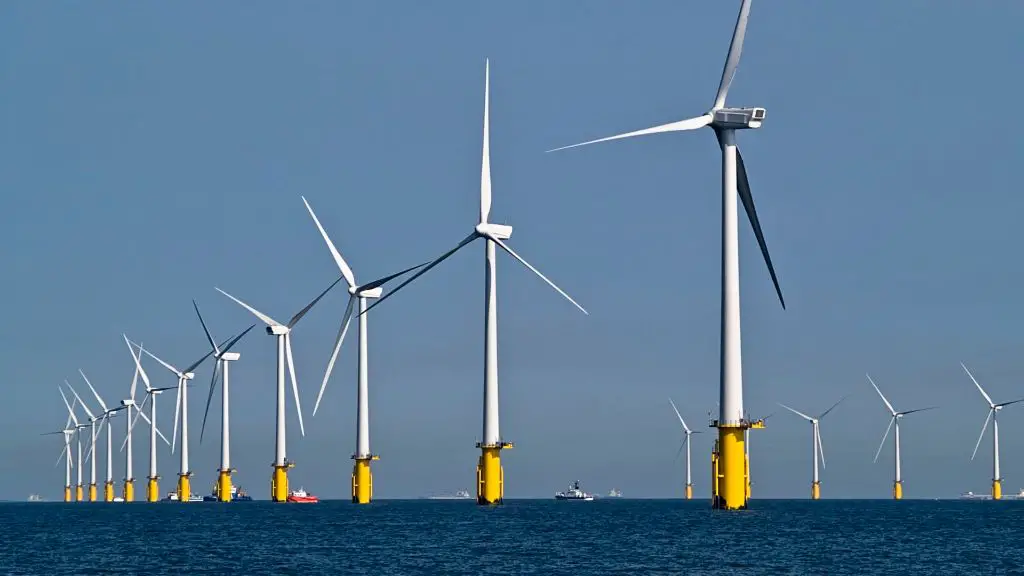
Massachusetts has significant potential for wind energy development, both onshore and offshore. However, only a small fraction of that potential has been tapped so far. This article will provide an overview of wind energy in general and the current status, challenges, and future outlook for wind power in Massachusetts specifically.
Wind Energy Overview
Wind energy is a form of renewable energy that is generated from the natural power of the wind. Wind turbines convert the kinetic energy in wind into mechanical power. This rotational power can then be used to generate electricity.
Wind turbines are usually grouped together on large plots of land called wind farms. The wind is free and abundant, and therefore wind power is considered a clean and sustainable way to generate electricity with minimal environmental impact.
Wind energy is considered renewable because wind will continue to blow as long as the sun shines and the Earth rotates. Other benefits of wind power include diversifying the energy supply, reducing dependence on fossil fuels, and stimulating local economies through job creation and land lease payments.
Wind Energy in the US
Wind power has experienced rapid growth in the United States over the past decade. According to the American Wind Energy Association, the nation’s installed wind energy capacity reached over 121 gigawatts (GW) in 2020, representing over a four-fold increase compared to 2008.
Texas leads in wind capacity, boasting over 30 GW installed as of 2020. Other top states include Iowa, Oklahoma, Kansas, and California. Wind power now provides over 8% of total U.S. electricity generation. The American Wind Energy Association projects continued strong growth in the coming decades as wind energy’s cost competitiveness improves.
Offshore wind farms represent a largely untapped opportunity. While land-based wind dominates currently, the U.S. has significant offshore wind resources off the Atlantic and Pacific coasts. Just two small offshore wind farms with 42 MW capacity exist today but over 22 GW are planned for operation by 2030.
Wind Energy Potential in MA
Massachusetts has moderate potential for land-based wind energy, but high potential for offshore wind energy due to its location along the Atlantic coast. According to the U.S. Department of Energy’s Wind Potential Capacity Map, Massachusetts has the potential to generate over 250 GW of electricity from land-based wind turbines at 140 meter hub heights. However, coastal regions and offshore areas have even higher wind speeds and potential. The DOE estimates over 200 GW of offshore wind capacity within 50 miles of the MA coast at 90 meter hub heights.
Areas along the coast and southeastern MA have average annual wind speeds of over 7 meters/second at 90 meter heights, making them suitable for utility-scale wind projects. Northern and western MA have lower average speeds of 4-6 meters/second at the same height. Overall, MA’s extensive coastline and proximity to strong ocean winds give it some of the highest offshore wind potential in the country.
Current Wind Farms in MA
Massachusetts currently has a handful of operational wind energy projects across the state. The largest is the Hoosac Wind Project located in the western part of the state in Berkshire County. This project consists of 19 turbines with a total capacity of 30 megawatts. It first began operating in 2012 and provides enough electricity to power 10,000 homes.
The second largest wind farm is located offshore near Martha’s Vineyard and consists of 5 turbines producing up to 25 megawatts of energy. Known as Vineyard Wind 1, this project began operating in 2021 and was the first commercial-scale offshore wind farm in the United States. Two other smaller onshore wind farms with just 2 to 3 turbines each also exist in the towns of Halifax and Ipswich.
While these existing farms demonstrate the viability of wind power in the state, the total installed capacity from wind remains small at just over 60 megawatts. This meets less than 1% of the state’s annual electricity consumption. However, many more wind projects are currently under development or planned for the coming years.
Challenges for Wind in MA
Massachusetts faces some unique challenges when it comes to developing wind energy projects within the state. One major challenge is the high population density, especially along the coast where many wind projects would be located. According to the U.S. Census Bureau, Massachusetts ranks 3rd in the nation for population density with over 880 people per square mile (wbur.org). This makes siting large wind turbines difficult as many residents oppose having them visible from shore. There are also concerns about noise and obstructing ocean views.
Another challenge is navigating the complex regulatory process in Massachusetts. Projects like Vineyard Wind 1 off the coast of Martha’s Vineyard faced lawsuits from fishing groups, environmental organizations, and even tribal nations over concerns about impacts to fisheries, whales, and cultural resources (eenews.net). The lengthy review and litigation process has delayed offshore wind development in the region. Onshore wind projects also face local zoning laws and permitting requirements from multiple state agencies.
Government Support
The Massachusetts state government has implemented various policies and incentives to promote wind energy development. In 2008, Massachusetts enacted the Green Communities Act which aimed to increase the state’s renewable energy generation, including wind power. This legislation required electricity providers to get 15% of their power from renewable sources by 2020 and set a goal of 1,600 MW of wind capacity by 2020 (Source 1).
In 2016, Massachusetts passed an energy bill that authorized the procurement of 1,600 MW of offshore wind power by 2027. This was followed by the 2018 Act to Advance Clean Energy which directed utilities to hold additional offshore wind contract solicitations for up to 1,600 MW of offshore wind power (Source 1). The state has also offered financial incentives like state tax credits, grants, and other funding mechanisms to assist wind energy projects (Source 3).
Overall, Massachusetts has implemented progressive policies and initiatives to encourage both onshore and offshore wind energy growth through legislation, procurement targets, financial incentives, and funding programs.
Public Opinion
Public opinion polls indicate that the majority of Massachusetts residents are supportive of wind energy development in the state. A January 2024 poll found that 83% of Massachusetts voters have a favorable view of offshore wind power. This high level of support exists despite some concerns about the visibility of offshore wind turbines and their impact on ocean views. Many Massachusetts residents recognize that offshore wind development will bring clean energy and economic benefits to the state that outweigh the aesthetic impacts. There is particularly strong support among younger generations in Massachusetts, with 91% of voters under 45 favoring offshore wind projects. The development of the state’s offshore wind industry enjoys bipartisan support as well, with 86% of Democrats and 73% of Republicans expressing support in the 2024 poll. Overall, Massachusetts residents demonstrate a high level of acceptance for expanding wind energy production as long as it is developed responsibly with community input.
Future Outlook
The future of wind energy in Massachusetts looks promising, with projections for continued growth in wind capacity and energy production. According to a study by the Department of Energy Resources, Massachusetts has the potential to reach 2,000 MW of installed wind capacity by 2030 (1). This would be over double the current wind capacity of around 120 MW (2).
There are plans underway for new wind farms and expansions of existing facilities. For example, Avangrid Renewables recently announced plans for the Commonwealth Wind project, an offshore wind farm expected to generate over 1,600 MW of energy (3). On land, Palmer Wind LLC plans to expand a wind facility in Palmer, adding 2 more turbines with capacity of up to 12 MW (1).
With government incentives, suitable wind resources, and public support, Massachusetts is positioned to continue growing its wind energy production and move closer to clean energy goals in the coming years.
Sources:
(1) https://www.smith.edu/docs/ceedscal/calendar_drupal.php?weekof=2016-11-28
(2) https://www.amherstma.gov/Calendar.aspx?EID=11110
(3) https://www.smith.edu/docs/ceedscal/calendar_drupal.php?weekof=2016-12-02
Conclusion
In conclusion, wind power represents an important part of Massachusetts’ renewable energy future. With abundant offshore wind resources, support from state policies, and increasing public acceptance, wind energy generation is poised to grow substantially in the coming years. While land-based and offshore wind farms currently provide only a small fraction of the state’s electricity, they have the potential to generate up to 20% of MA’s energy needs in the next decade. Realizing this potential will require overcoming remaining technological and cost challenges, integrating variable wind generation into the grid, and securing continued policy support. Nonetheless, offshore wind especially stands out as a largely untapped local energy source that can spur economic development along the MA coast while reducing greenhouse gas emissions and dependence on imported fuels. With the right policies and investments, wind can become a centerpiece of the statewide transition to a clean energy economy.


